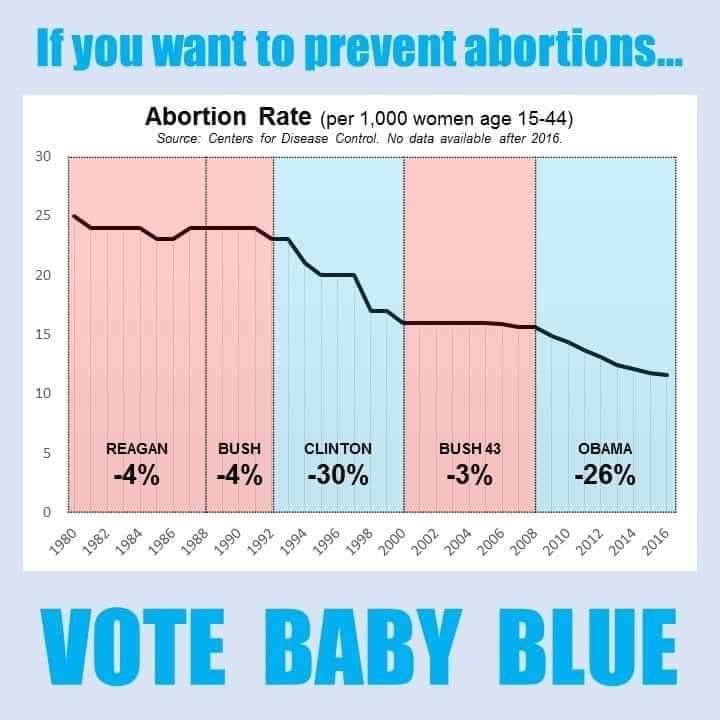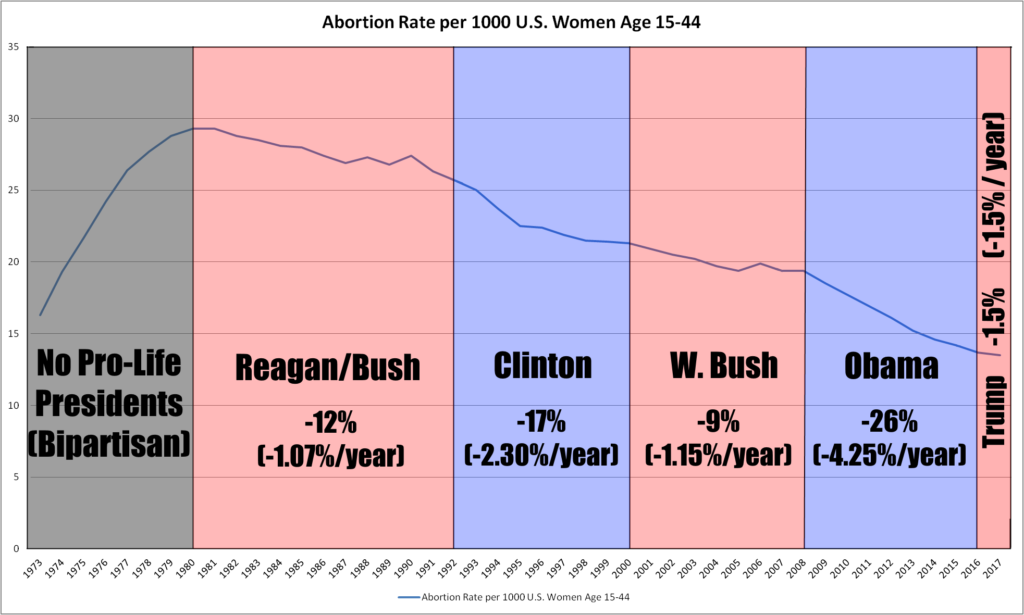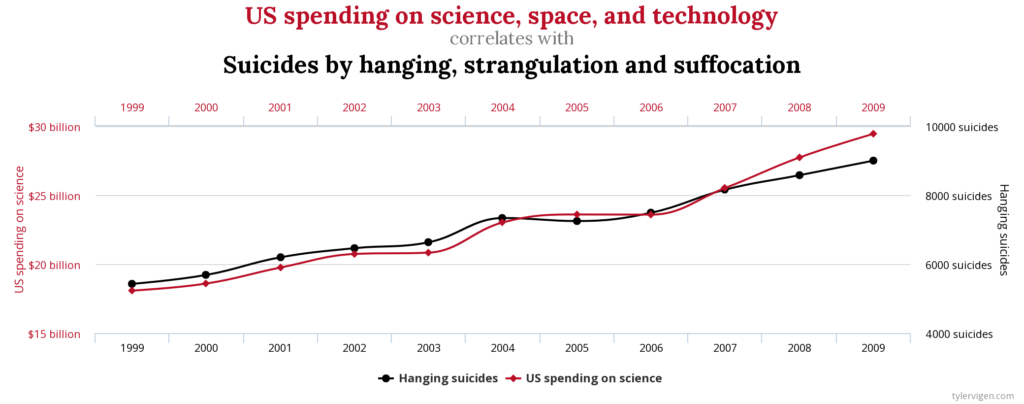I used to like politics. I forget that a lot now.
I first started following politics during Election 2000. I was 11. Even though I already believed that America was doing some terrible things, I believed in the goodness of our people and the strength of our system to eventually, falteringly, do the right thing. I loved learning that system, with its ancient checks and balances, its ins and outs, its occasional failures and the costly sacrifices that mended them. I listened to speeches, watched debates, eventually started reading judicial opinions. I wore buttons, volunteered for “my” party, did the occasional march for human rights, and, for the most part, I thought we were a nation of decent people. Even the people on the other side, even the people doing the horrible things, I thought, were by-and-large doing their best.
I’m not sure I believe any of that anymore.
I’m not hopeful about the country. I still love the Republic, but I have written about my real fear that its days are numbered; the rot is already deep. As for the parties, not only have I lost my faith that the “other side” is mostly made of decent people, I’ve lost my faith that my own “side” is mostly made of decent people. Voting is a desultory experience. I hold my nose to vote for most candidates, when I can stomach it–and, more and more often, I can’t.
But, for the first time in many years, I am actually excited to vote for a candidate this fall. The race is the mayorship of my adopted home, West Saint Paul (a real independent city, which is of course south of Regular Saint Paul!), the candidates are incumbent Dave Napier (site) and challenger Kimetha “KaeJae” Johnson (site), and at stake is nothing less than control of the greatest municipal snow-plowing system south of the 49th Parallel!
I did not vote for Dave Napier in 2018. In fact, I compared Napier to a Dark Lord of the Sith and endorsed his opponent. Although I supported much of Napier’s vision for the city, I feared he would seek to impose that vision on the city, rather than persuading citizens to see things his way.
I am pleased to report that I could not have been more mistaken. Since 2018, I have picked up the healthy habit of following City Council meetings (whether watching them on TownSquare.tv or just reading the packets myself). What I’ve seen from my mayor has made me very happy.
As mayor, Napier has been guided by the simple, difficult virtues of good government. He reads the giant information packets that the City Council receives about every issue that comes before it, and he encourages the Council to do likewise. He strives to first understand, then follow, the law, and encourages the City Council to do likewise. He works hard to maintain good relationships with city staff, so that he gets the best information from them and they get the best guidance from the City Council–whom he encourages to do likewise. In all these ways, Mayor Napier always leads, and the Council usually follows. (Usually.)
Above all, Mayor Napier strove throughout his first term to listen fairly to everyone who came before the city government with a concern. His City Council chambers have been open forums, always inclined toward letting everyone have their say instead of racing to a decision. This is true when the subject being debated is dry-as-dust stuff, like revising the permitting process for food truck owners. But it remains true even when the subject is top-tier culture-war stuff, like whether poor residents should have improved access to abortion alternatives.
When citizens come to the podium to to praise the city for this or that, Napier nods and thanks them all for their input. When citizens come to the podium to excoriate the city, the Council, and each of its members in punishing detail — something I had occasion to do a couple months ago — Napier nods and thanks them all for their input, in the exact same friendly tone. I’m impressed with this, because I know I couldn’t do it.
I was wrong to doubt him two years ago: Mayor Napier really does want the city to come together before it acts, and he ensures the decision-making process is fair and open. Of course, eventually, the city must act. Up-or-down votes happen, and the Council imposes its will. Under the City Charter, however, Mayor Napier votes only to break ties, which allows him to act in the neutral facilitator role at which he excels–and it is often Napier who calls for extra consideration of an issue where all sides haven’t been heard before the vote.
Where he has committed to positions, I’ve found the Mayor’s vision for the city to be prudently forward-thinking. The Robert Street Project is in the past now–ratified one final time by voters in 2018–and, since then, I have seen Napier help the city strike a healthy balance between frugality and progress. For example, the city needs more housing (due to the Twin Cities housing crunch) and needs to rejuvenate blighted areas like the old golf course or the dead K-Mart (to attract and retain businesses and residents). To that end, Napier has guided several major apartment projects across the finish line, despite difficult questions of prevailing wages, tax-increment financing, and more. At the same time, Napier recognizes that, with these projects underway, it’s now time to slow down and re-strike the balance.
I hope to see a sidewalk on Bidwell between Thompson and Butler this term, and I know the Mayor does, too. However, when I caught him at Amore Coffee in 2019 and asked him for a sidewalk, the Mayor told me he’d get the ball rolling immediately–if I could persuade other Bidwell residents to sign a petition supporting a sidewalk. That’s the kind of self-restraint I like to see in local government, even when it means I have to wait longer for the obviously right thing to happen. (FELLOW BIDWELLIANS: c’mon, we’ve got a busy school, a sports field, and a pool! What’s even the argument against a sidewalk at this point, when the new assessment policy means we won’t have to pay for it?)
Truth to tell, though, I still have no clear idea whether the Mayor agrees with me on the issues I care most about in this city. His website lists no partisan endorsements or interest group commitments: a rare thing in this hyperpolarized, hyperpartisan age. Nor do I feel I need to know his mind on everything, even though I strongly suspect he is not a member of my political “tribe.” I trust Mayor Napier to give me the time of day and a fair hearing before the Council regardless of how he personally feels. Indeed, I trust him a good deal more than I trust most members of the actual Council.
Mayor Napier has earned my vote. More than that, he’s restored a little bit of my faith. Not in the Republic as a whole, but in the power of decency and hard work in good government. Perhaps someday he and I will diverge so sharply on some important policy issue that I will have to rethink my support, but I expect I will always respect him.
In the hellscape that is 2020 politics, please let me have this. If my fears for the future are someday realized, Mayor Napier is the steady hand that I’d like at the helm fighting to keep my little town–and all its residents, not just a partisan clique–above water. If, instead, things in America start to turn around, then Mayor Napier is the listening leader I want guiding us (gently, armed with nothing but good ideas, good data, and good relationships) into a better tomorrow.
Please join me in helping re-elect Dave Napier as Mayor of West Saint Paul.
UPDATE 11 October: For more information about the West Saint Paul mayoral race, visit the candidates’ websites (linked above), and also see here, here, here, here, here, and here.








